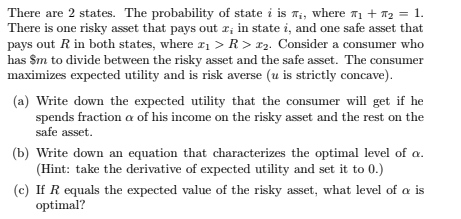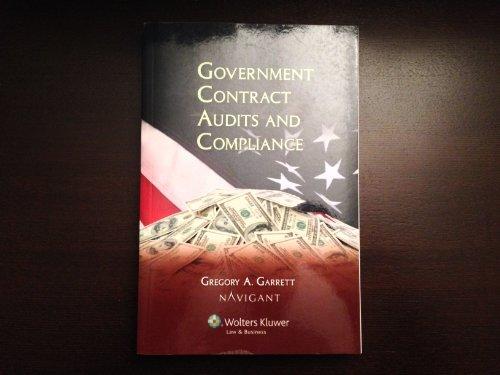Answered step by step
Verified Expert Solution
Question
1 Approved Answer
There are 2 states. The probability of state i is i, where 1+2=1. There is one risky asset that pays out xi in state i,

Step by Step Solution
There are 3 Steps involved in it
Step: 1

Get Instant Access to Expert-Tailored Solutions
See step-by-step solutions with expert insights and AI powered tools for academic success
Step: 2

Step: 3

Ace Your Homework with AI
Get the answers you need in no time with our AI-driven, step-by-step assistance
Get Started


